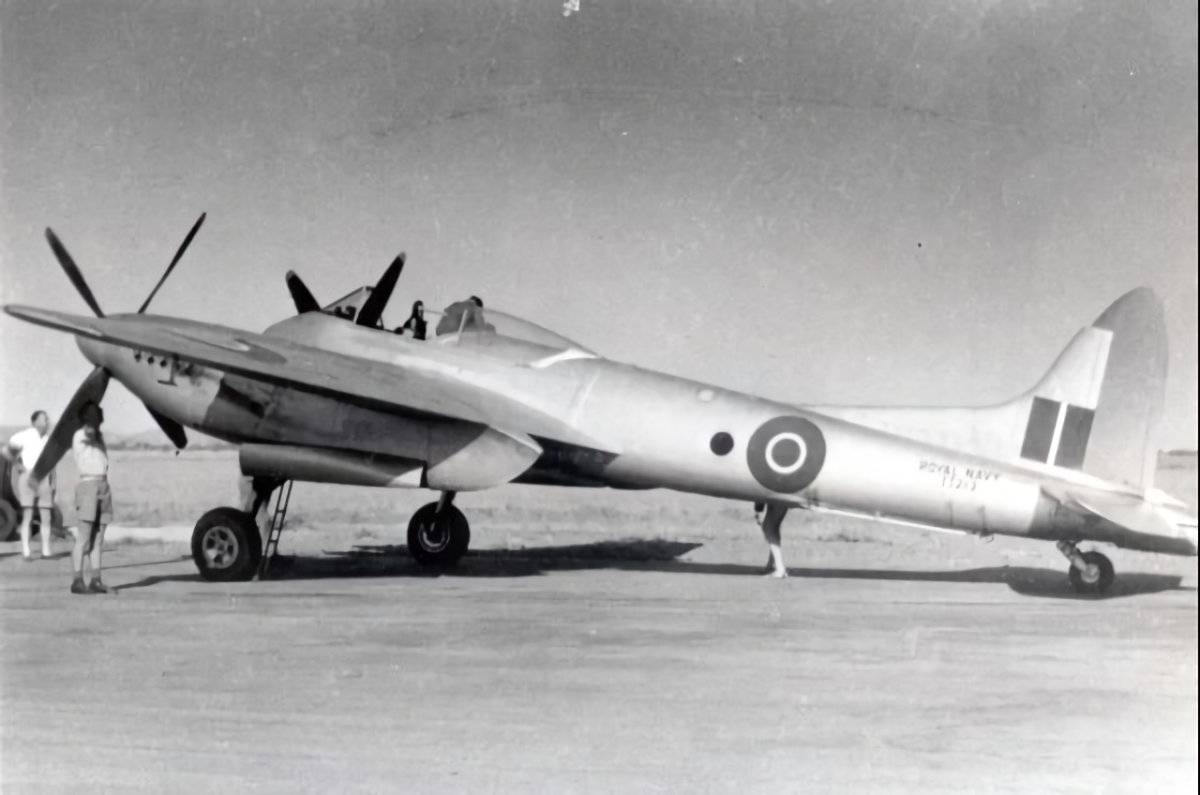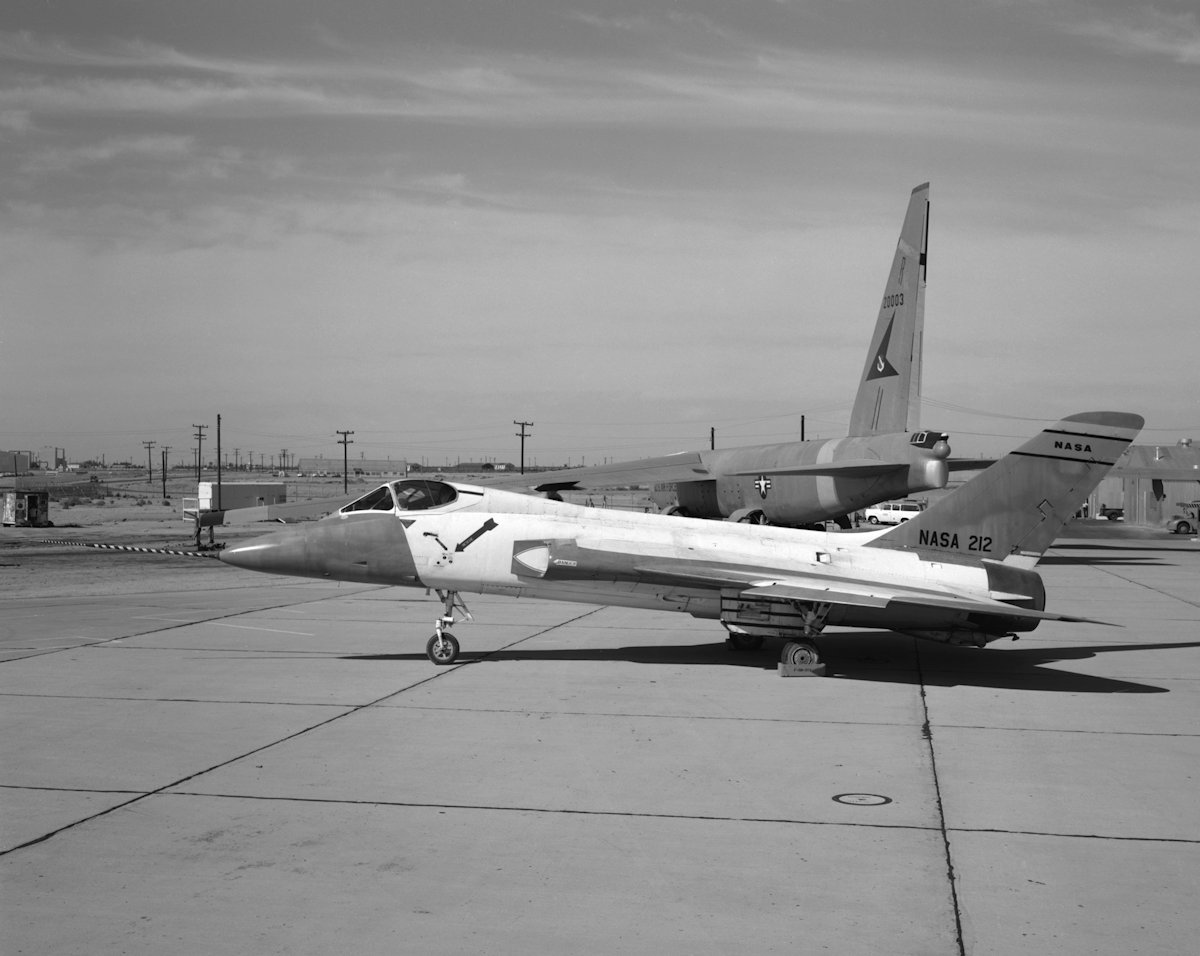Tag: airplane
-
de Havilland Sea Hornet in Australian Service

de Havilland Sea Hornet in Australian Service In 1948 a de Havilland Sea Hornet F.20 TT213 was delivered to Australia for tropical trials. Received by No. 1 Aircraft Depot on 8 June 1948 it was given the Royal Australian Air Force registration A83-1, although this was never applied to the airframe. On 10 September 1948… Read more
-
Douglas F5D Skylancer

Douglas F5D Skylancer Developed as an all-weather version of the Douglas F4D, the F5D Skylancer first flew on 21 April 1956. It used a more powerful engine (Pratt & Whitney J57 – the first 45kN thrust class turbojet engine). Compare to the F4d, the wing was thinner, but more reinforced, the fuselage was area-ruled, reducing… Read more
-
Supermarine Seagull II

Supermarine Seagull II The Supermarine Seagull II was developed as an amphibious aircraft for the RAF for operation from the Royal Navy’s aircraft carriers. At the time, the RAF controlled all flying activities for the Royal Navy. Developed from the Supermarine Seal, the two prototypes (N158 and N159) were designated as the Seagull I. A… Read more